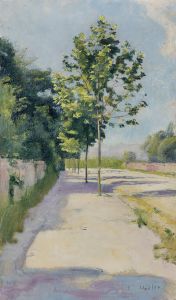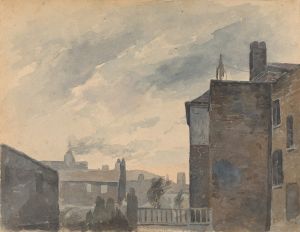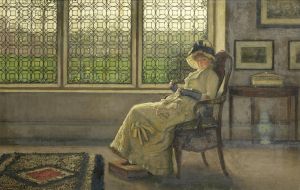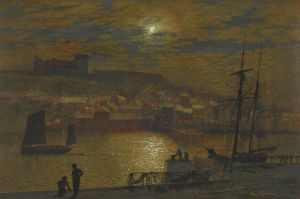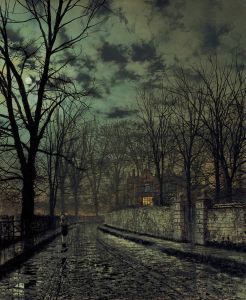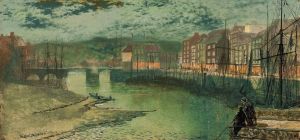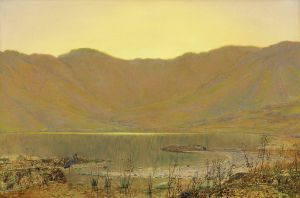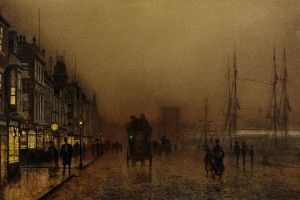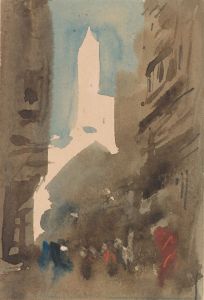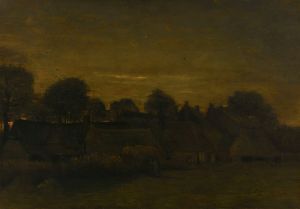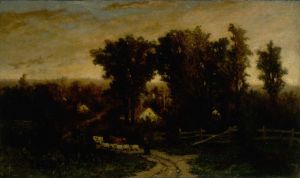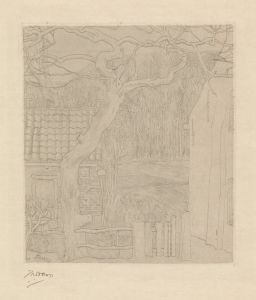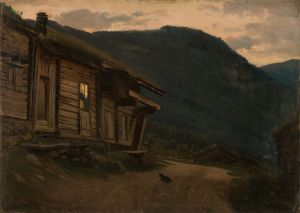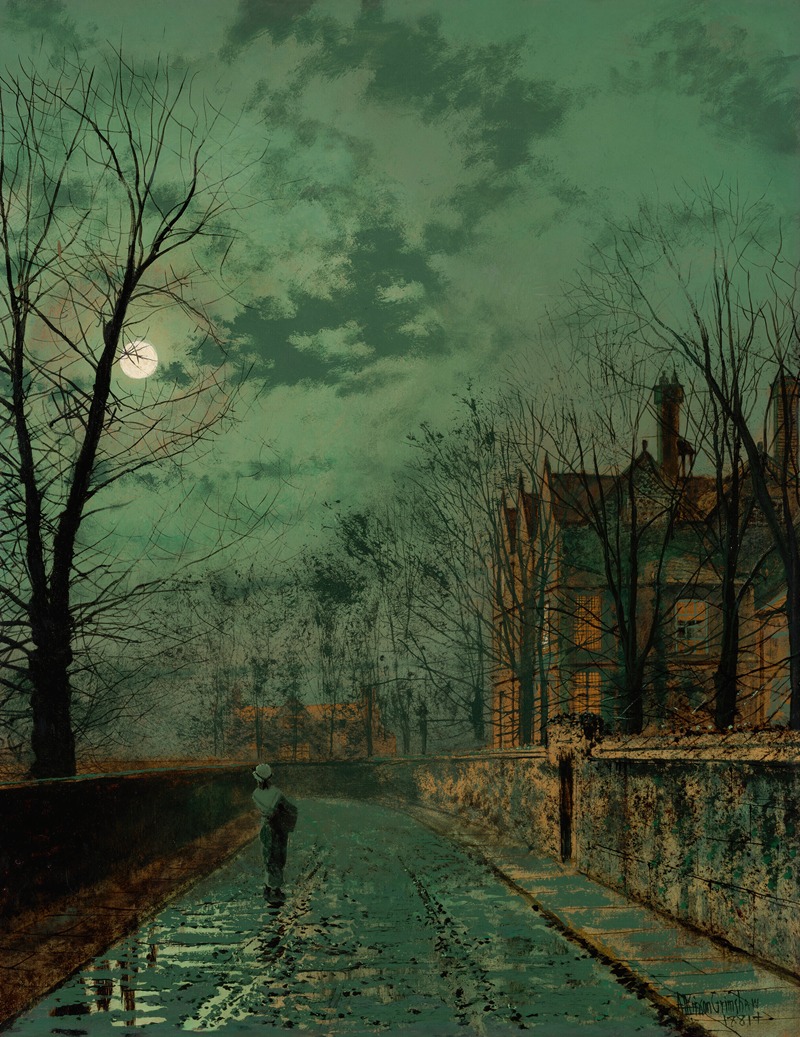
A lane near Chester
A hand-painted replica of John Atkinson Grimshaw’s masterpiece A lane near Chester, meticulously crafted by professional artists to capture the true essence of the original. Each piece is created with museum-quality canvas and rare mineral pigments, carefully painted by experienced artists with delicate brushstrokes and rich, layered colors to perfectly recreate the texture of the original artwork. Unlike machine-printed reproductions, this hand-painted version brings the painting to life, infused with the artist’s emotions and skill in every stroke. Whether for personal collection or home decoration, it instantly elevates the artistic atmosphere of any space.
John Atkinson Grimshaw was a renowned British painter known for his evocative and atmospheric landscapes, particularly those depicting urban scenes at twilight or night. "A Lane Near Chester" is one of his works that exemplifies his mastery in capturing the mood and essence of a scene through his unique use of light and shadow.
Grimshaw was born on September 6, 1836, in Leeds, England. He initially worked as a clerk for the Great Northern Railway before pursuing a career in art, much to the dismay of his parents. Despite their objections, Grimshaw was determined to follow his passion for painting. He was largely self-taught, drawing inspiration from the Pre-Raphaelite Brotherhood, which is evident in his attention to detail and vibrant color palette.
"A Lane Near Chester" is characteristic of Grimshaw's style, which often features quiet, contemplative scenes that evoke a sense of nostalgia and tranquility. The painting depicts a serene rural lane, possibly near the city of Chester, a location known for its picturesque landscapes and historical significance. Grimshaw's ability to capture the subtleties of light is evident in this work, as he skillfully portrays the interplay between natural and artificial light sources.
The painting likely dates from the latter part of Grimshaw's career, during the late 19th century, when he was at the height of his artistic powers. During this period, Grimshaw was particularly interested in the effects of light and atmosphere, often painting scenes at dusk or under moonlight. His works from this time are celebrated for their almost photographic realism combined with a dreamlike quality.
Grimshaw's technique involved the use of thin glazes of paint, which allowed him to build up layers of color and achieve a luminous effect. This method is evident in "A Lane Near Chester," where the delicate handling of light creates a sense of depth and dimension. The painting's composition draws the viewer's eye along the lane, inviting them to explore the tranquil scene.
Throughout his career, Grimshaw's work was well-received, and he enjoyed considerable success. His paintings were exhibited at prestigious venues such as the Royal Academy of Arts in London. Despite his success, Grimshaw remained somewhat of a solitary figure, preferring to work independently rather than align himself with any particular art movement or group.
Grimshaw's legacy endures through his evocative landscapes, which continue to captivate audiences with their beauty and technical skill. "A Lane Near Chester" is a testament to his ability to transform ordinary scenes into extraordinary works of art, capturing the imagination and transporting viewers to a different time and place.
John Atkinson Grimshaw passed away on October 13, 1893, but his work remains highly regarded and continues to be celebrated for its contribution to the genre of landscape painting. His paintings, including "A Lane Near Chester," are held in various public and private collections, ensuring that his artistic vision continues to be appreciated by future generations.





